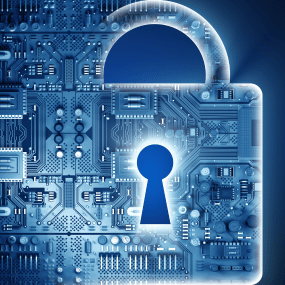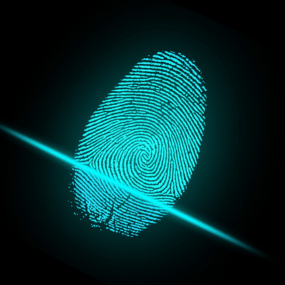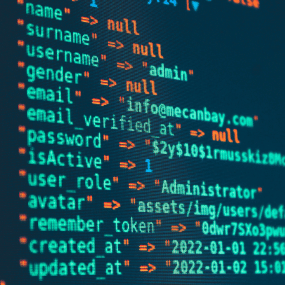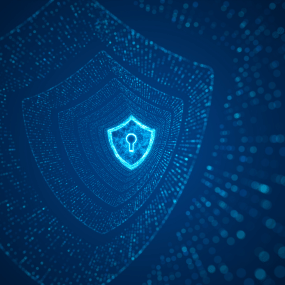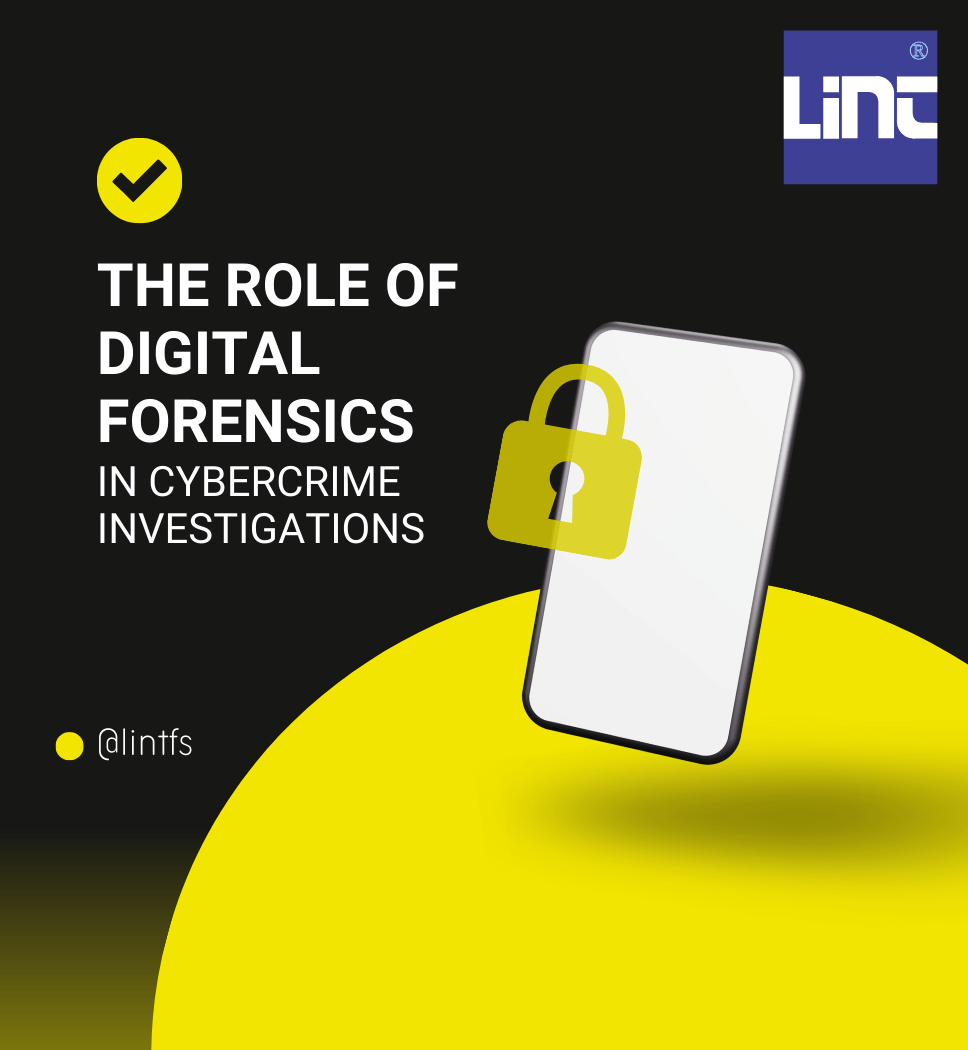
Introduction
In the face of increasing cybercrime, digital forensics has become an essential tool in investigating and resolving security breaches. Digital forensics involves collecting, analyzing, and preserving digital evidence to uncover the truth behind cybercrimes. This blog post will discuss the importance of digital forensics, the process involved, and how it helps in resolving cybercrimes effectively.
What is Digital Forensics?
Digital forensics is the application of investigative techniques to recover, analyze, and preserve digital evidence in a way that is admissible in court. It plays a crucial role in identifying how cyberattacks were executed, who was responsible, and the extent of the damage caused. Digital forensics professionals use specialized tools and methods to extract valuable data from devices, systems, and networks.
Why Digital Forensics Is Important in Cybercrime Investigations
When a cyberattack occurs, it’s essential to understand the sequence of events and identify the perpetrator. Digital forensics helps law enforcement agencies, businesses, and organizations do just that. The key benefits include:
- Understanding the Attack: Helps to uncover the methods used by cybercriminals, such as malware or ransomware, and how they gained access to systems.
- Identifying the Perpetrators: Traces digital footprints to identify the attackers and their motives.
- Preserving Evidence: Ensures that all evidence is properly collected and stored in a way that can be used in legal proceedings.
- Recovery of Lost Data: Helps recover stolen or deleted data, which could be crucial for solving a case or preventing further damage.
The Digital Forensics Process
Digital forensics follows a rigorous process to ensure that evidence is collected and analyzed in a manner that is legally sound. The typical process includes:
- Identification: Identifying the potential sources of evidence, such as computers, servers, and mobile devices.
- Collection: Gathering digital evidence in a forensically sound manner to prevent contamination.
- Preservation: Ensuring the integrity of the collected evidence by storing it in a secure environment.
- Analysis: Using specialized software and techniques to examine the data and reconstruct the sequence of events.
- Reporting: Documenting the findings in a clear and concise report for legal or internal purposes.
Applications of Digital Forensics in Cybercrime
Digital forensics is used in various cybercrime investigations, including:
- Fraud Investigation: Analyzing financial records and transaction logs to uncover fraudulent activities.
- Data Breaches: Identifying how sensitive data was accessed and stolen in the event of a breach.
- Cyberbullying and Harassment: Tracing malicious online behavior and collecting evidence for legal action.
- Intellectual Property Theft: Investigating the theft of proprietary data or trade secrets.
Conclusion
Digital forensics is an invaluable tool in the fight against cybercrime. It not only helps in identifying the perpetrators but also ensures that organizations can recover from the attack and strengthen their security systems. By investing in digital forensics, businesses can better protect themselves against future cyber threats and contribute to the larger fight against cybercrime.


